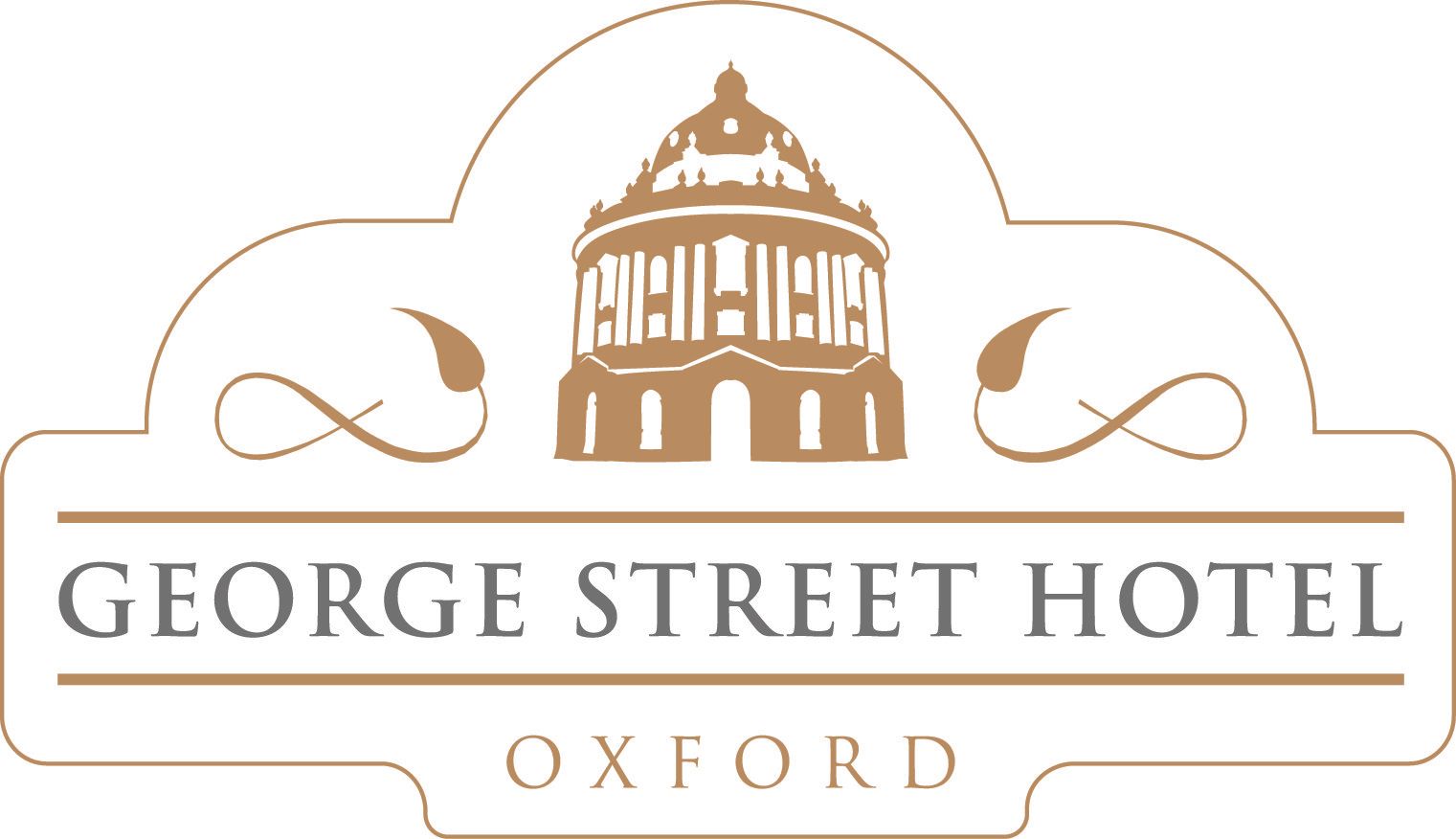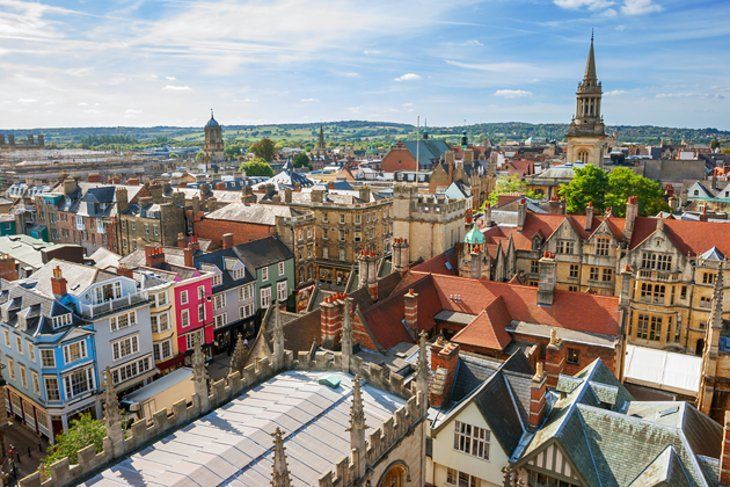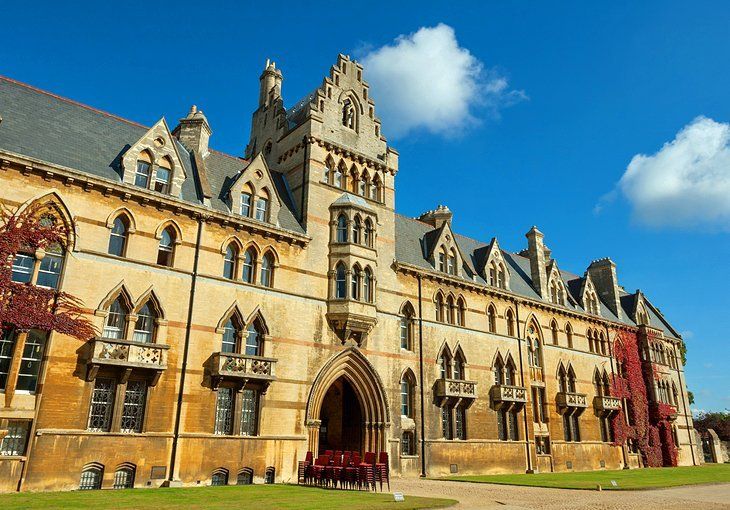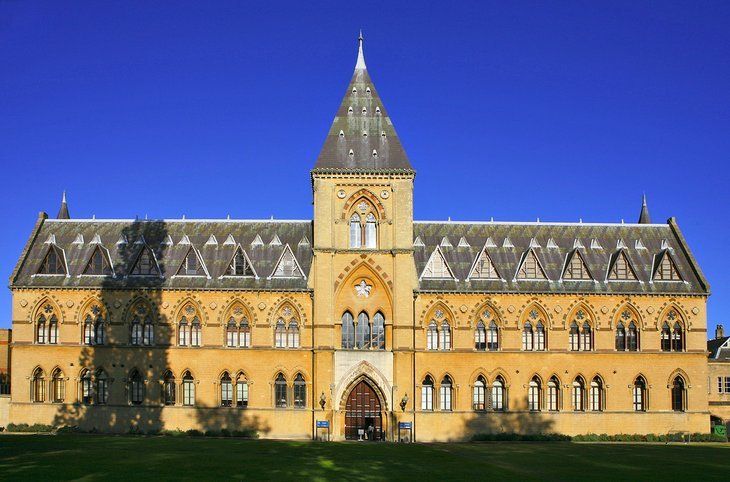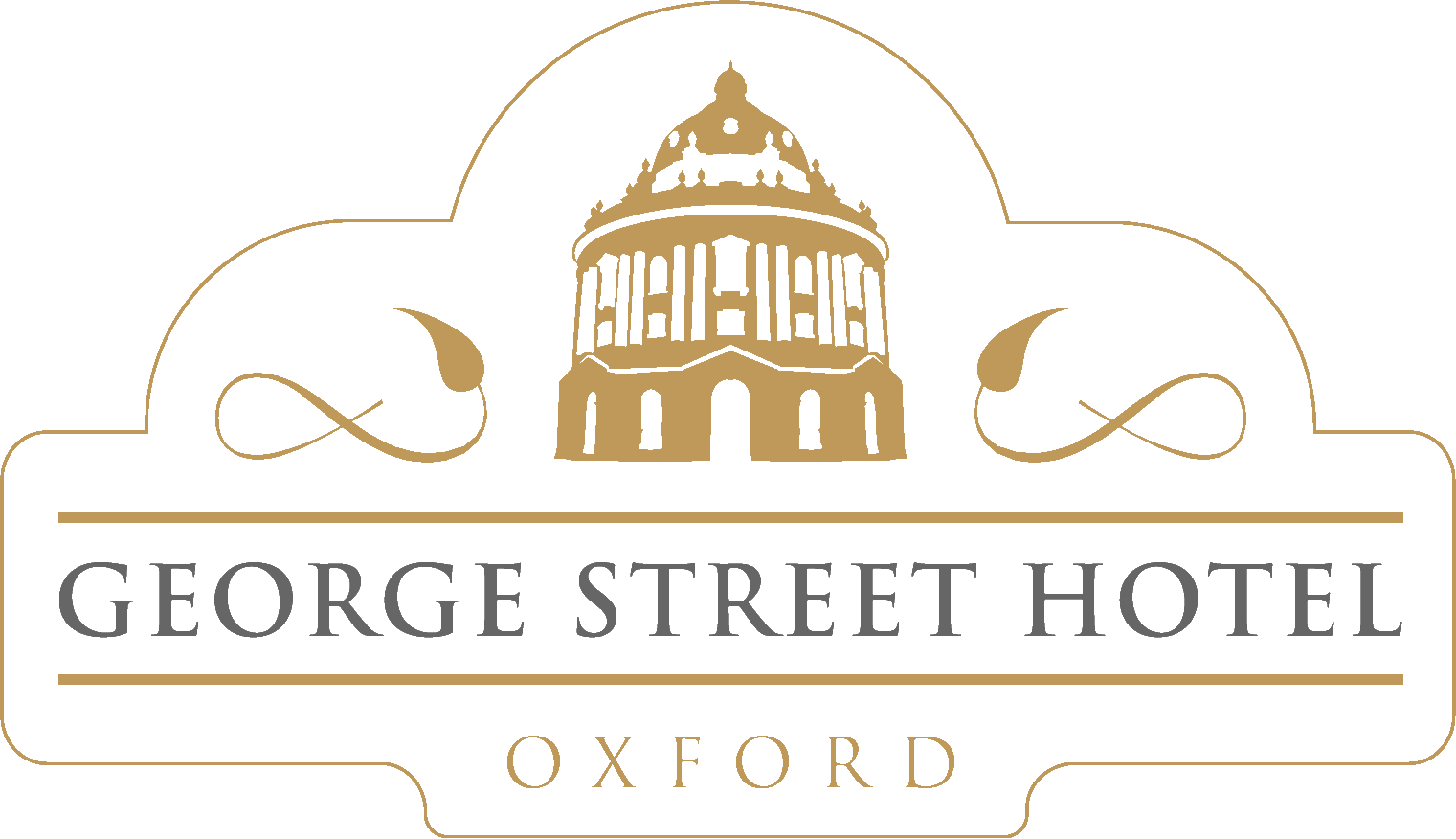Explore Historic Oxford City Center
Although the center of Oxford is not large, plenty of time should be allowed for a visit since there are so many things to do here. The city's four principal streets meet at the intersection known as Carfax, a good starting point for your exploration. Here, you'll find the 14th-century Carfax Tower, a relic of St. Martin's Church (now destroyed), which has great views over the city.
Also worth visiting are the Town Hall, St. Aldate's Church (1318), and Pembroke College, founded in 1624 but with origins dating back to 1446. The nearby Modern Art Oxford, a visual art gallery focusing on exhibitions of modern and contemporary art, regularly offers talks, music, and movies.
Oxford's splendid High Street is lined with numerous magnificent buildings, including many of the colleges the city is so famous for. In fact, it's so pretty, it was famously described by American writer Nathaniel Hawthorne as "the finest street in England."
Christ Church College
Christ Church, one of the largest of Oxford's colleges, was founded in 1525 by Cardinal Wolsey and re-founded after his fall by Henry VIII. Tom Tower, added by Christopher Wren in 1682, contains a huge seven-ton bell known as Great Tom, which peals 101 times every evening at 9:05pm (once for each member of the original college).
The main quadrangle, with its charming fountain, is known as Tom Quad and is the largest courtyard in Oxford. The lower tower, with its fine staircase and fan vaulting, leads up to the hall, an elegant dining room with a magnificent wooden ceiling completed in 1529. Portraits of Henry VIII and distinguished members of the college – including William Penn, founder of Pennsylvania – adorn the walls.
Beyond the Deanery, where Charles I lived from 1642 to 1646, is Kill-Canon, a passage so chilly that it was feared canons would catch their death of cold. Kill-Canon leads to Peckwater Quad, with its library containing drawings and mementos of Cardinal Wolsey.
Art lovers will also want to visit Christ Church Picture Gallery. This fine gallery is home to an important collection of 300 Old Masters and 2,000 drawings.
Radcliffe Square & the Bodleian Library
Located in the city center, Radcliffe Square is home to many of the city's most important college buildings. Here, you'll find the Old Schools Quadrangle (1613) and the Radcliffe Camera (1737), a rotunda that originally housed the Radcliffe Library.
The 16-sided room on the ground floor is now a reading room for the Bodleian Library, the university library and the country's first public library, founded in 1598. A copy of every book published in Britain is deposited here, including some two million volumes and 40,000 manuscripts. From the library, you can also explore the magnificent Divinity School.
Sheldonian Theatre
Constructed in 1664, the Sheldonian Theatre was Sir Christopher Wren's second major building. Of special interest here is the historic venue's spectacular ceiling fresco. Restored in 2008, the fresco – which depicts "Truth" removing "Ignorance" from the University – consists of 32 panels originally painted in the 1600s. Guided tours (as well as self-guided tours) are available.
In addition to being used for concerts and lectures – as well as the occasional theatrical performance – it's still used for the university's annual Commemoration.
Oxford University Museum of Natural History
One of the top free things to do in Oxford, a visit to the Oxford University Museum of Natural History (OUMNH) is certainly time well spent. Opened in the mid 1800s to showcase the university's growing natural history collection, it's located on Parks Road adjacent to another must-visit attraction: the Pitt Rivers Museum.
In addition to its displays and exhibits focusing on the university's rich science and learning traditions, you'll see samples collected by university alumni that date back hundreds of years. Also on display are samples from the university's mineralogy, medicine, zoology, and anatomy collections.
Two cafés are located on-site, and a special treat if you're traveling in summer is to enjoy your snacks and beverages outdoors on the museum's lovely lawn. Be sure to keep an eye out for the migrating swallows that have been stopping over on the museum roof since nesting boxes were installed in the 1940s.
